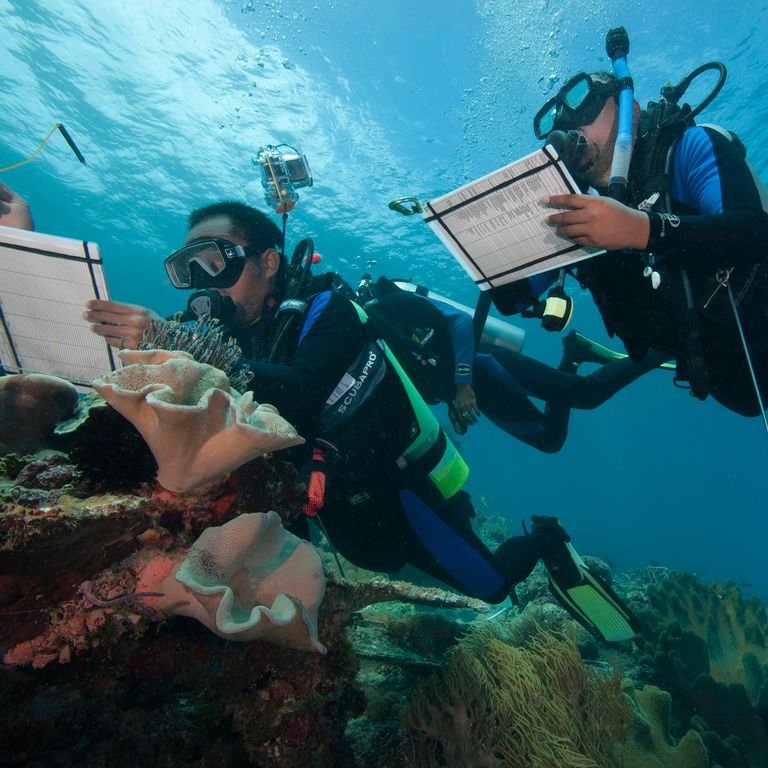




Why Zoos and Aquariums Should Collaborate with Conservation Organizations
By Brian Braitsch
Zoos and aquariums have long been cherished places for family outings, educational trips, and inspiring encounters with the natural world. However, their role extends far beyond entertainment. As stewards of wildlife, these institutions hold a unique position to influence conservation efforts and foster a deeper connection between visitors and the animal kingdom. One of the most effective ways to enhance this role is through partnerships with conservation organizations. Here’s why such collaborations are crucial for boosting visitor engagement and aiding the conservation of animals in the wild.
1. Enhancing Visitor Engagement
Educational Enrichment: Partnering with conservation organizations allows zoos and aquariums to provide richer educational content. Through joint programs, visitors can learn about the challenges faced by species in the wild and the efforts being made to protect them. This knowledge fosters a deeper understanding and appreciation of wildlife conservation.
Interactive Experiences: Collaborations can lead to the development of interactive exhibits and programs that engage visitors more deeply. For example, virtual reality experiences or interactive displays can showcase conservation efforts in real-time, making the learning experience more dynamic and memorable.
Storytelling and Connection: By highlighting real-world conservation stories and showcasing their impact, zoos and aquariums can create emotional connections between visitors and animals. These stories can inspire visitors to become advocates for wildlife conservation, enhancing their overall experience and commitment to the cause.
2. Supporting Conservation Efforts
Resource Sharing: Conservation organizations bring specialized knowledge, research capabilities, and resources that can greatly enhance the conservation initiatives of zoos and aquariums. This collaboration ensures that both parties can leverage their strengths to achieve common goals more effectively.
Wildlife Research and Breeding Programs: Joint efforts can enhance breeding programs and research initiatives aimed at preserving endangered species. Conservation organizations often have field research experience that complements the expertise of zoo and aquarium staff, leading to more successful outcomes.
Habitat Restoration and Species Reintroduction: Partnerships can facilitate habitat restoration projects and species reintroduction programs. Zoos and aquariums can provide vital support in terms of funding, public awareness, and technical expertise, while conservation organizations can manage on-the-ground implementation.
3. Amplifying Conservation Messaging
Unified Conservation Campaigns: Collaborating with conservation organizations allows for unified and stronger messaging about conservation issues. Joint campaigns can reach a wider audience, raising awareness and encouraging public participation in conservation efforts.
Advocacy and Policy Influence: Together, zoos, aquariums, and conservation organizations can have a stronger voice in advocating for policies that protect wildlife and their habitats. This unified approach can lead to more significant legislative and environmental impact.
Community Engagement and Outreach: By working together, these institutions can expand their reach into communities, fostering a culture of conservation. Educational programs, community events, and volunteer opportunities can be co-developed to engage the public more effectively.
4. Enhancing Animal Welfare and Conservation Impact
Improving Animal Welfare Standards: Collaboration can lead to the adoption of best practices in animal care and welfare. Conservation organizations can provide insights into natural behaviors and habitats, helping zoos and aquariums create environments that better meet the needs of their animal ambassadors.
Direct Impact on Wild Populations: Funds raised through collaborative efforts can be directed towards critical conservation projects, directly benefiting wild populations. This creates a tangible link between zoo and aquarium visits and real-world conservation outcomes.
Building a Conservation-Minded Public: Ultimately, these partnerships cultivate a more informed and conservation-minded public. Visitors who understand the connection between the animals they see and the efforts to protect them in the wild are more likely to support conservation initiatives and adopt sustainable practices.
Conclusion
The collaboration between zoos, aquariums, and conservation organizations is a powerful strategy to enhance visitor engagement and support wildlife conservation. By working together, these institutions can create more impactful educational experiences, support critical conservation efforts, and inspire a global community dedicated to protecting our planet’s precious biodiversity. As we look to the future, such partnerships will be essential in building a sustainable and compassionate world for both people and wildlife.
